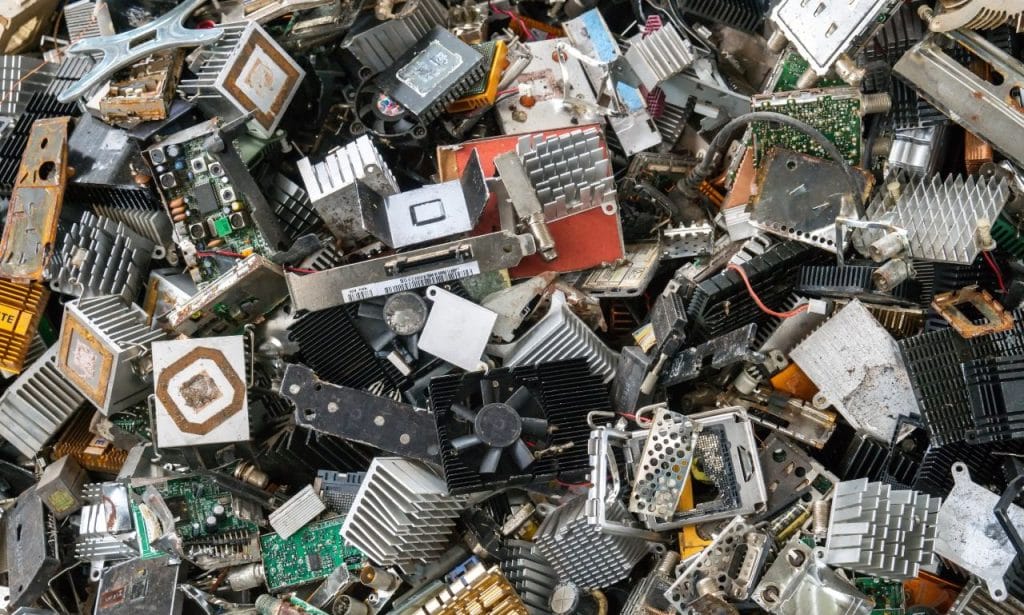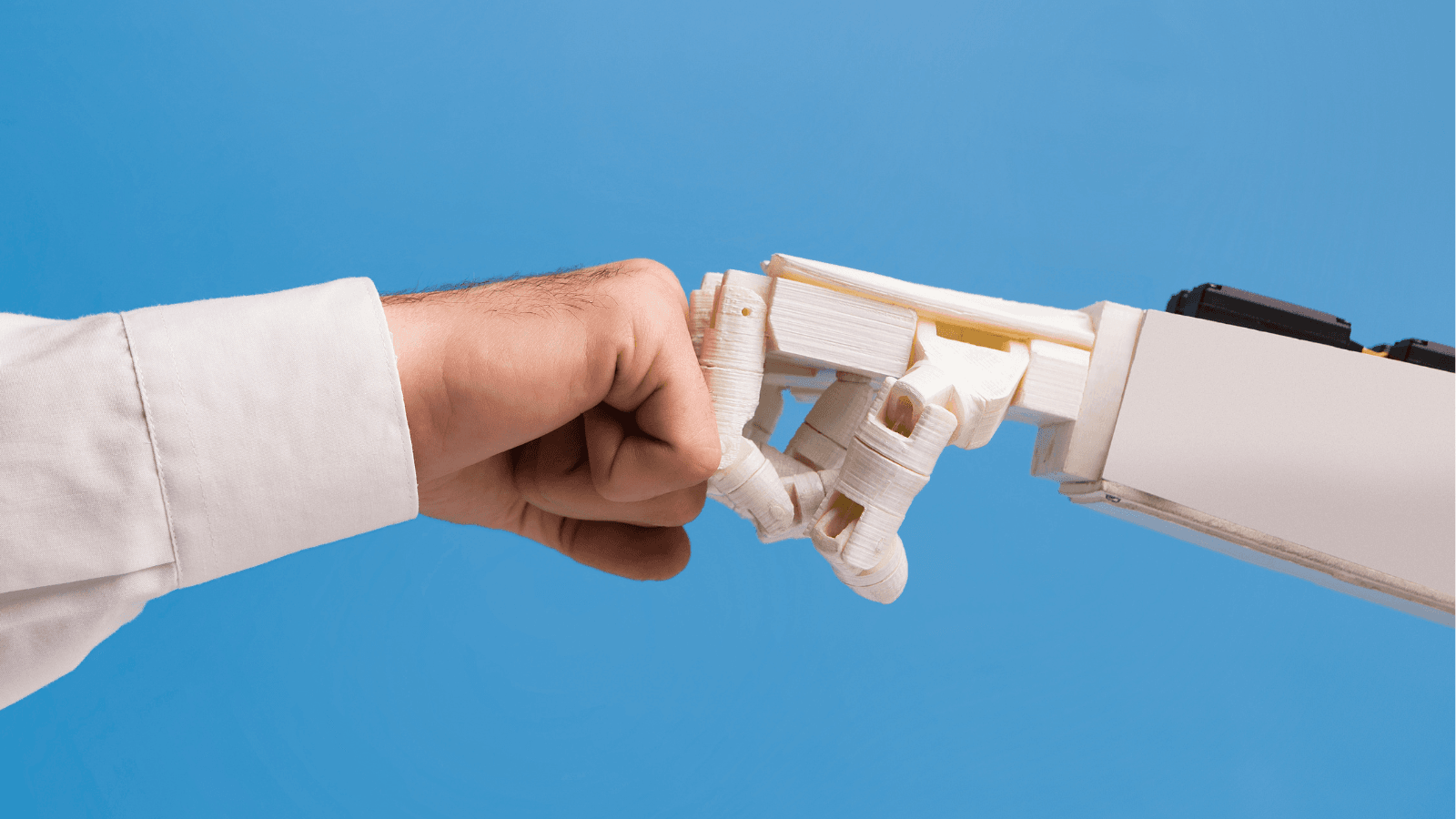
Electronic waste, or e-scrap, is piling up at an alarming rate. From old smartphones to outdated computers, these discarded gadgets contain valuable materials that can be sold for cash. Learning how to properly handle and sell e-scrap can not only put extra money in your pocket but also contribute to environmental sustainability.
This article will guide you through the steps of turning e-scrap into cash, covering what e-scrap is, the valuable components within, and how you can start selling it for a profit.
What Is E-Scrap?
E-scrap, or electronic waste, includes discarded electronic devices such as:
- Old computers and laptops
- Mobile phones
- Televisions and monitors
- DVD players, gaming consoles, and other electronic gadgets
- Printers and scanners
While most people throw away these items when they no longer work or are outdated, they often contain valuable materials like gold, silver, copper, and rare earth metals. These materials can be recovered and sold, making e-scrap a potential source of income.
Step 1: Collect and Sort Your E-Scrap
The first step is to gather your e-scrap. Whether you have old electronics sitting around your house, or you’re thinking about collecting them from friends, family, or even businesses, you’ll need to sort them.
How to Organize E-Scrap:
- Separate by Device Type: Sort items into categories such as computers, phones, and home appliances.
- Functional vs. Non-functional: Determine if any of the devices are still working. Functional devices might have higher resale value than their scrap components.
- Assess Value: Certain items contain more valuable materials than others. For example, older motherboards, CPUs, and memory cards are often rich in gold or other precious metals.
Step 2: Dismantle Devices to Extract Valuable Components
For the most profit, you may need to break down your e-scrap into smaller, more valuable components. If you’re comfortable doing so, disassemble the devices to separate valuable parts like:
- Motherboards: These often contain small amounts of gold.
- RAM chips: Like motherboards, they may contain precious metals.
- Hard drives: While most of the value comes from the aluminum casing, they may also contain rare earth magnets.
- Cables and wires: These usually contain copper, a valuable scrap metal.
- Batteries: Particularly from laptops and smartphones, these may be valuable, but require proper handling due to potential safety concerns.
Be cautious when disassembling electronics. If you’re not familiar with the internal components, you might want to skip this step and sell the devices as-is.
Step 3: Find Buyers for Your E-Scrap
Once you’ve organized and possibly dismantled your e-scrap, it’s time to find buyers. There are several places where you can sell e-scrap for cash:
1. Local Scrap Yards
Many local recycling centers or scrap yards will accept e-scrap and pay you based on the weight and type of materials. Call ahead to see what materials they accept and how much they offer.
2. Online E-Scrap Buyers
There are many websites that buy e-scrap. Some companies will even cover shipping costs if you sell large quantities. Some popular e-scrap buyers include:
- Boardsort.com: Specializes in buying motherboards, CPUs, and other computer components.
- CashforGoldUSA: Accepts electronics with precious metals, especially gold-containing items like older circuit boards.
3. Auction and Marketplace Websites
Selling individual working devices or valuable components through platforms like eBay or Craigslist might fetch a higher price than selling for scrap value. Collectors and repair enthusiasts often seek specific parts or old models.
4. Specialty E-Recycling Programs
Some tech companies and retailers offer trade-in programs where you can exchange old devices for gift cards or discounts. Apple, for example, has a trade-in program that offers credit toward new products in exchange for old gadgets.
Step 4: Maximize Your Earnings
To make the most money from your e-scrap, here are some additional tips:
- Do Your Research: Before selling, compare prices from different buyers. Check the going rate for specific metals (like copper or gold) to ensure you get a fair price.
- Negotiate: Don’t be afraid to negotiate with local scrap yards or online buyers if you’re selling in bulk.
- Stay Organized: Keep track of where you sell different items and how much you earn. This will help you optimize your e-scrap business if you plan to expand.
Step 5: Stay Safe and Environmentally Friendly
Handling e-scrap can involve exposure to hazardous materials, such as lead, mercury, or chemicals in batteries. Here are some safety tips:
- Wear Gloves: Always wear protective gloves when dismantling electronics to avoid cuts and contact with harmful substances.
- Proper Disposal of Hazardous Materials: Batteries, CRT monitors, and other hazardous components require special handling. Research local e-waste disposal facilities to ensure these items are safely processed.
Recycling e-scrap responsibly helps reduce the environmental impact of electronic waste and conserves valuable resources.
Final Thoughts
Turning e-scrap into cash is a practical way to make money while helping to reduce e-waste. Whether you choose to collect and sell whole devices or extract the valuable metals from inside, there’s a growing market for electronic scrap. By following the steps outlined here, you can turn your old electronics into a source of profit while contributing to environmental sustainability.
So, before you toss that old phone or outdated computer into the trash, think about how you can turn it into cash!


